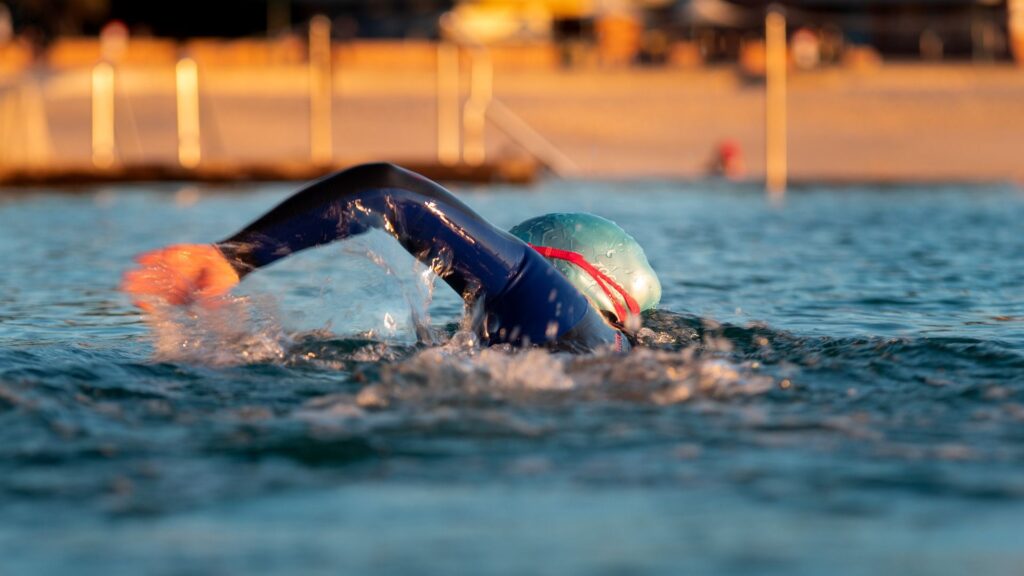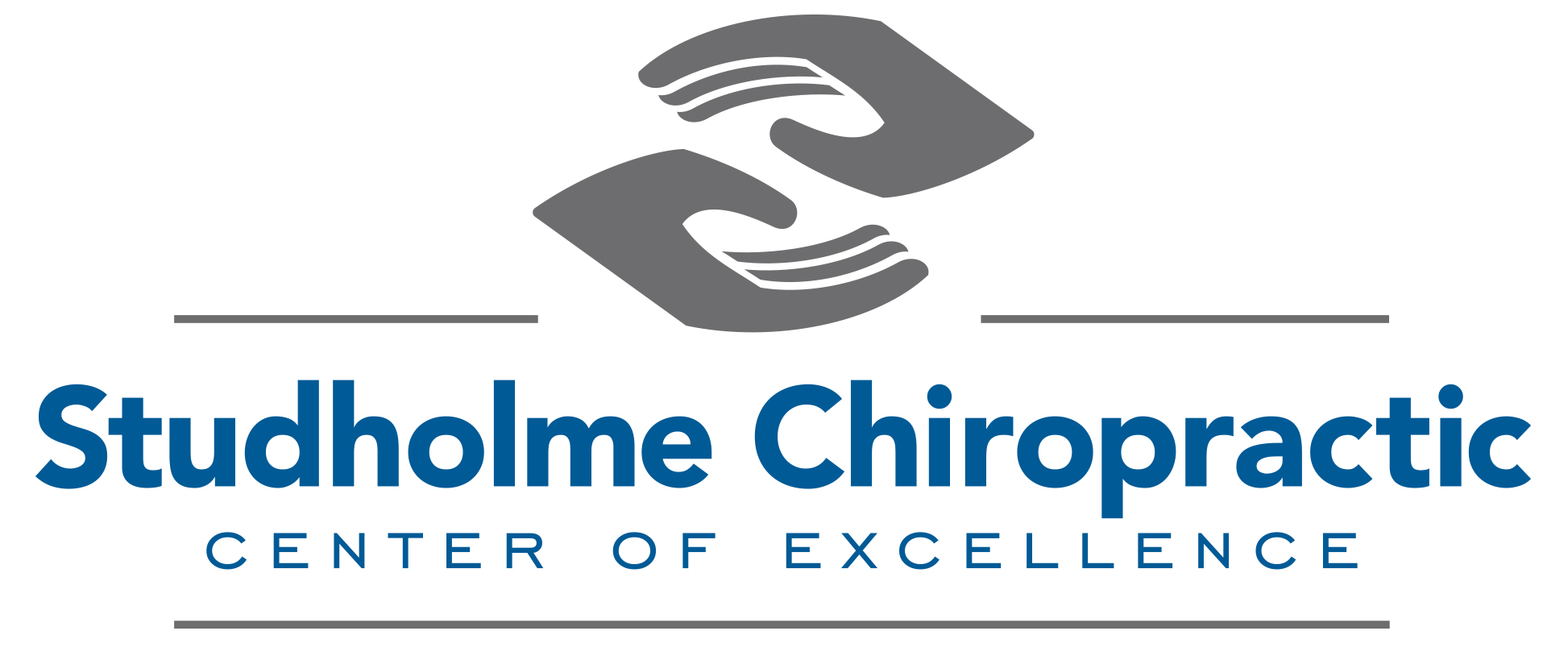Signed Up For A Triathlon? What’s Your Training Strategy This Summer??

With so many training programs available online for triathlon and running endurance events, it can be challenging to know which program will best help you achieve the results you are looking for. Beyond simply being overwhelmed with your options, most programs don’t consider if you are having trouble with injuries and how to modify the training according to your specific needs. For these reasons, let’s go over some ideas that should be considered in endurance training programming.
Several programs we routinely see in triathlon workouts are complicated by percentages power and heart rate training zones with unrealistic work to rest interval ratios. Additionally, most of these programs have workouts that are time-dictated, not distance-based. This can be limiting in training considerations as triathlons are a fixed distance race not a fixed time race. To emphasize this point, imagine you sign up for a half Ironman triathlon. We know that all half Ironman races have a fixed distance swim of 1.2 miles, bike of 56 miles, and run 13.1 of miles, with a must finish time of 8 hr 30 mins or you are disqualified. What you don’t get to do is arbitrarily swim as far as you can in 1hr 10 mins, nor bike as far as you can in 5hr 30 mins, nor run as far as you can in 2 hr 50 mins. Instead, you have to swim, bike and run a fixed distance as fast as possible. For this reason, you should take into consideration if time is going to get the volume you need to achieve your triathlon goals.
Programming based on time is done by many coaches because it simply it’s one of the easiest ways to dictate volume. However, it does not consider other factors such as fitness level, race goals, race distance, and your priorities. We understand why one would choose programs that are time-based to fit your schedule as training is time consuming, however, expectations and race goals need to be adjusted accordingly.
Additionally, when you look at triathlon training programs, rarely if ever are all three events programmed to be trained on the same day. This results in the only exposure of all three events occurring on race day. This oversight in programming neglects one of the biggest considerations for training, properly preparing the athlete for the physical and mental demands of the race. By no means are we saying that all three events should be completed regularly on the same day. However, graded exposure will help prepare an individual both mentally and physically for the true demands of the sport.
What should you consider when looking at programming?
Research has proven that training for long durations is critical for a triathlete’s success. A study conducted on British triathletes showed that when completing a longer distance triathlon, a greater emphasis of high volume and intensity placed on biking and running was important for successful completion of the half marathon and marathon and with less fatigue. Based on this information, we suggest several methods that dictate the intensity of each discipline of training such as the 80%/20% rule. This means that 80% of your workout intensity is done at a breath rate you can control (lower intensity) and 20% is done as much higher intensities (ventilatory threshold). Another method allows us to mimic the cardio-respiratory demands of the race, stay true to the 80%/20% rule, and decrease tissue load through breath training. We do this utilizing the Spirotiger, which allows you to increase the volume of cardio-respiratory training at higher intensities without overloading the tissues.
Remember, triathlon training is a large undertaking requiring a huge time commitment. You definitely don’t want all of your time and training to go to waste. To be sure this doesn’t happen, consider looking at programs that do the following: schedule weekly training based on mileage rather than time, combine domains (run, swim, bike) throughout the week, and vary in intensity.
Whether you have selected a program or not, come stop in the office where we can test your oxygen utilization with our Moxy sensors. That way, we can prescribe specific paces and intensities tailoring the training to your unique needs and ensuring you achieve your racing goals!
To get started today, give us a call at (303) 939-0004 or contact us here!
